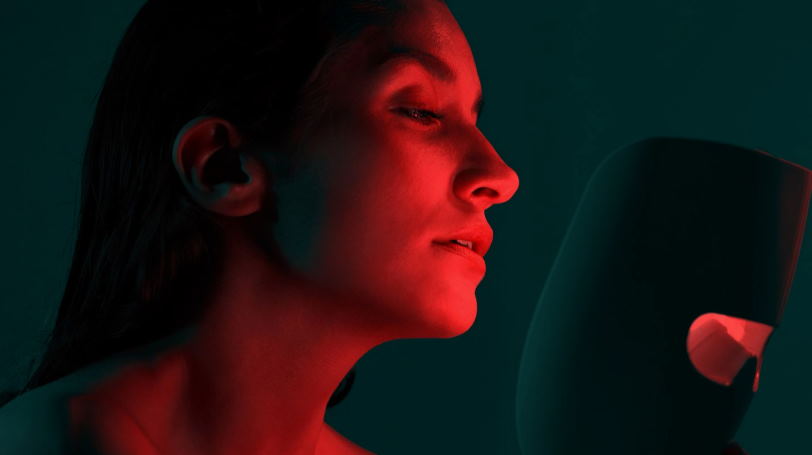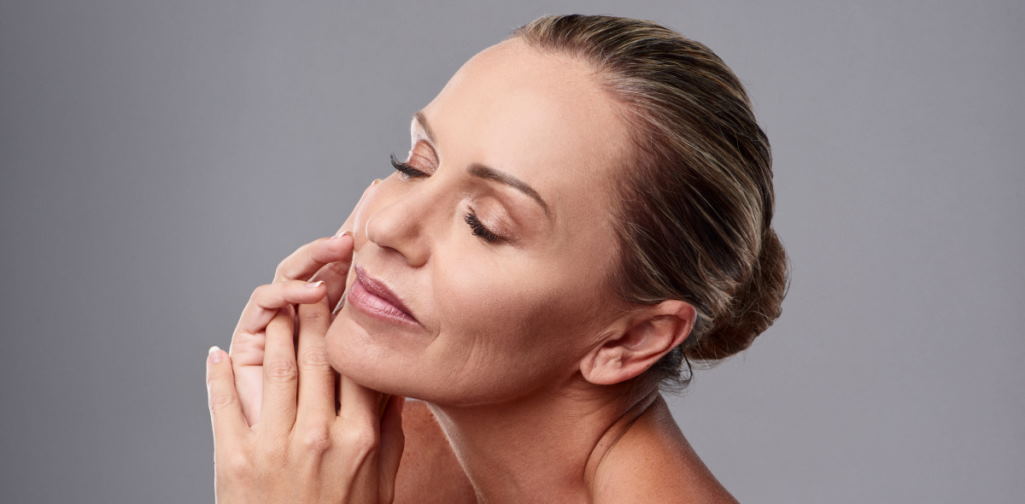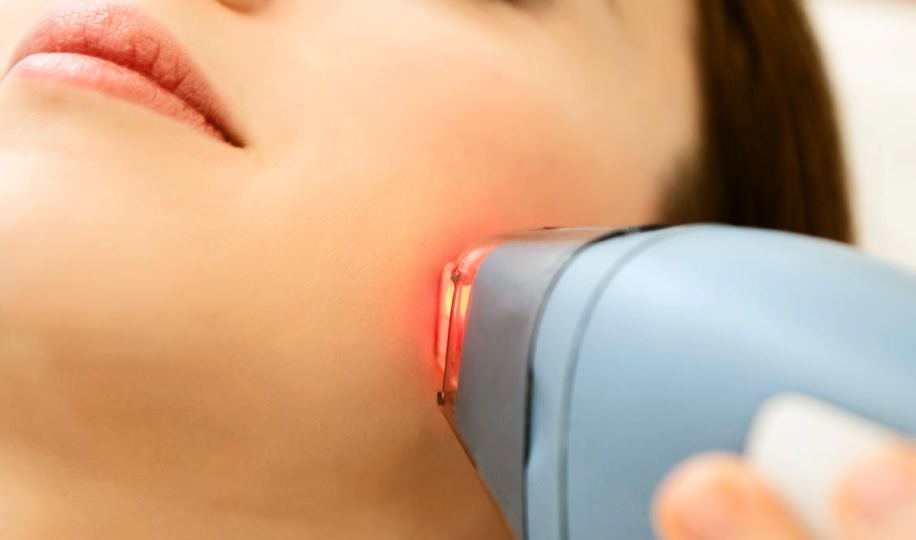
Are you considering laser therapy or light therapy when it comes to hair removal? Of course, both options have pros and cons, but which is the better option for you? Here’s a look at the differences between laser and light therapy so you can make an informed decision.
At first glance, it might seem like both of these treatment options are the same thing. Both use light to treat acne, so they should be equally effective. Well, not really. There are some important differences between laser and light therapy treatments that make choosing one or the other appropriate for your specific acne situation. You might even get better results using one over the other, depending on what kind of acne you have! Here’s a look at how each treatment works, who is most likely to benefit from them, and how they compare when used for treating different types of acne lesions.

Is laser therapy the same as light therapy?
Laser therapy and light therapy are often confused with one another, but they are two different treatments. Laser therapy uses a concentrated beam of light to treat skin conditions, while light therapy uses broad-spectrum light to improve physical and emotional health.
Both laser therapy and light therapy use light to improve a person’s health. However, there are some key differences between the two. For example, laser therapy uses focused beams of light, while light therapy uses wider beams. Laser therapy is also more targeted and can treat specific areas of the body. On the other hand, light therapy is more likely to be used for general, such as improving mood or energy levels.
During laser therapy, highly focused light beams are used to stimulate the body’s healing capacity. Since the area to be treated can be accurately targeted, there is less risk of side effects than other methods (such as UV or microwaves). It was initially developed for medical applications (e.g., dermatology and ophthalmology).

LED light therapy or laser resurfacing for better skin
Which would you rather try: LED light therapy or laser resurfacing? Both promise better skin, but which one is right for you? Here’s a breakdown of the benefits of each treatment to help you decide.
LED light therapy has been shown to help treat a variety of skin conditions, including psoriasis, eczema, and acne. It works by emitting specific wavelengths of light that penetrate the skin and stimulate healing processes. In addition, this therapy is relatively gentle and can be used on all skin types.
Laser resurfacing is a more aggressive treatment that uses lasers to remove thin layers of skin tissue. It is most often used to treat wrinkles, scars, and sun damage. However, laser resurfacing can cause some side effects.
In the past, lasers were used to treat skin conditions such as acne and scars by removing layers of the skin. The latest laser technology in skincare is LED Red Light Therapy that penetrates deeper into the dermis. LED therapy has been found to significantly impact anti-aging, anti-acne, and inflammation without any side effects.
LED therapy uses a red-light panel with low-level intensity LEDs emitting a wavelength between 630 -670 nm energy, improving blood circulation without harming the skin’s outer layer, resulting in faster healing from injury or wound repair. This type of therapy can also treat wrinkles, age spots, and pigmentation problems, plus it speeds up natural collagen production.

